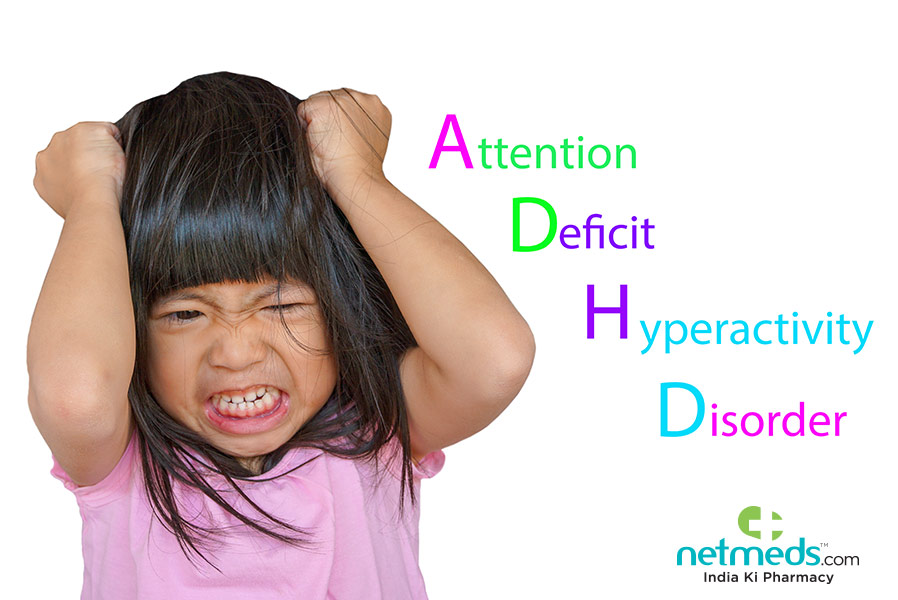First of all,
Scientists’ focus has shifted in recent years to focus more on the complex interactions between the body’s physiological systems and the gut microbiome. Of them, the gut-brain axis—the relationship between the gut and the brain—has attracted a lot of attention. This axis functions as a two-way communication channel where impulses from the stomach can affect brain activity and vice versa. An intriguing avenue of study in this domain is the impact of gut microbiota on the perception and regulation of pain. Our understanding of this link has the power to completely change the way we treat and manage pain. In this piece, we examine the mechanisms behind the growing body of research that connects the gut microbiota to pain.
The Intricate Ecosystem of the Gut Microbiome
Trillions of microorganisms, including bacteria, viruses, fungus, and archaea, live in the gastrointestinal system and make up the gut microbiome. These microorganisms are essential for several physiological processes, including immune system regulation, metabolism, and digestion. Environmental exposures, genetics, diet, and lifestyle all have an impact on the diversity and makeup of the gut microbiome. An imbalance in the gut microbial community known as dysbiosis has been linked to a number of illnesses, including as obesity, neurological diseases, and inflammatory bowel diseases.
The Gut-Brain Axis: A Pathway for Communication
The gut-brain axis refers to the neuronal, hormonal, and immune signaling channels that facilitate the exchange of information in both directions between the gut and the central nervous system. This complex network influences many facets of health and illness by enabling continuous coordination and communication between the stomach and the brain. Numerous neurological and psychiatric conditions, including as anxiety, depression, and autism spectrum disorders, have been connected to disruptions in this axis.
Gut Microbiota and Perception of Pain:
There is growing evidence that the gut microbiota is important in regulating pain sensitivity and perception. In comparison to mice grown traditionally, a number of preclinical investigations have shown that germ-free animals, lacking any gut flora, have different pain responses. These results demonstrate how the gut microbiota may affect pain pathways. Additionally, correlations between the composition of the gut microbiota and long-term pain disorders such migraines, fibromyalgia, and irritable bowel syndrome (IBS) have been noted in clinical research.
Mechanisms Underlying Interactions Between Gut Microbiota and Pain:
Numerous theories have been put out to explain how the gut microbiota affects how pain is perceived. The synthesis of neurotransmitters and neuromodulators by gut microorganisms is one way. Neurotransmitters that are known to control mood, behavior, and pain processing include gamma-aminobutyric acid (GABA), serotonin, and dopamine, which are produced by certain bacteria found in the gut microbiome. Furthermore, bile acids and short-chain fatty acids (SCFAs) are examples of microbial metabolites that can interact with immune cells and host receptors to affect neuroinflammation and pain sensitivity.
Furthermore, dysregulation of immunological responses has been linked to chronic pain problems, and the gut microbiota is essential for immune system modulation. In the gut-associated lymphoid tissue (GALT), gut bacteria interact with immune cells to affect inflammatory pathways and systemic immunological function. The immune system’s activation brought on by dysbiosis may exacerbate pain symptoms by causing neuroinflammation and sensitizing pain pathways.
Moreover, gut permeability and intestinal barrier integrity can be impacted by the gut microbiome. “Leaky gut,” or disruption of the intestinal barrier, is a term used to describe the translocation of pro-inflammatory chemicals and microbial metabolites into the systemic circulation, which in turn promotes inflammation and immunological responses. The escalation of chronic pain disorders and the sensitivity of pain receptors may be caused by this systemic inflammation.
Future Directions and Clinical Implications:
The gut microbiota and pain are now known to be related, which provides new opportunities for the development of innovative pain-management therapy approaches. In patients with chronic pain disorders, targeting the gut microbiome with dietary modifications, probiotics, prebiotics, and fecal microbiota transplantation (FMT) shows promise for reducing pain sensitivity and improving pain outcomes. Furthermore, more effective and focused therapies may result from tailored strategies that take into account individual variations in the composition of the gut microbiome and host-microbe interactions.
To evaluate the effectiveness of microbiome-based therapies for pain management in clinical settings and to clarify the precise processes behind the gut microbiome-pain interactions, more study is necessary. In order to identify causative linkages and ascertain the temporal dynamics of gut microbiome modifications in pain situations, longitudinal studies are necessary. Additionally, examining the impact of lifestyle, nutrition, and drug usage on the gut microbiome-pain axis can shed light on how best to treat individual patients.
In summary:
The gut microbiome is a living ecosystem that has a significant impact on many physiological functions, including the perception and regulation of pain. The complex gut-brain axis communication system is a major factor in determining how the body reacts to and experiences pain. Comprehending the mechanisms that underlie the interactions between the gut microbiota and pain has significant potential for the creation of novel therapeutic strategies aimed at managing chronic pain. We may improve the quality of life for people with chronic pain disorders by elucidating the intricate relationship between the gut microbiota and pain and paving the way for more tailored and successful therapies.








